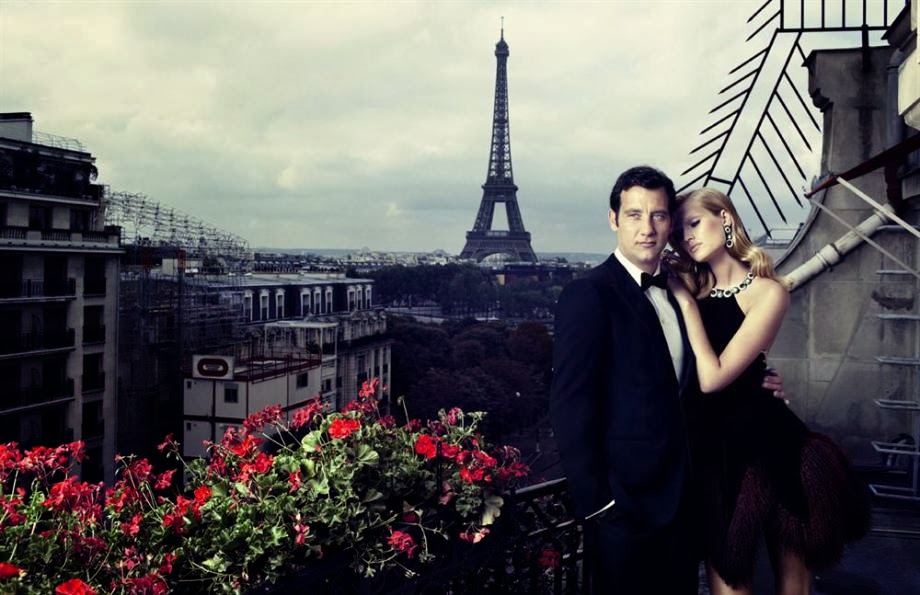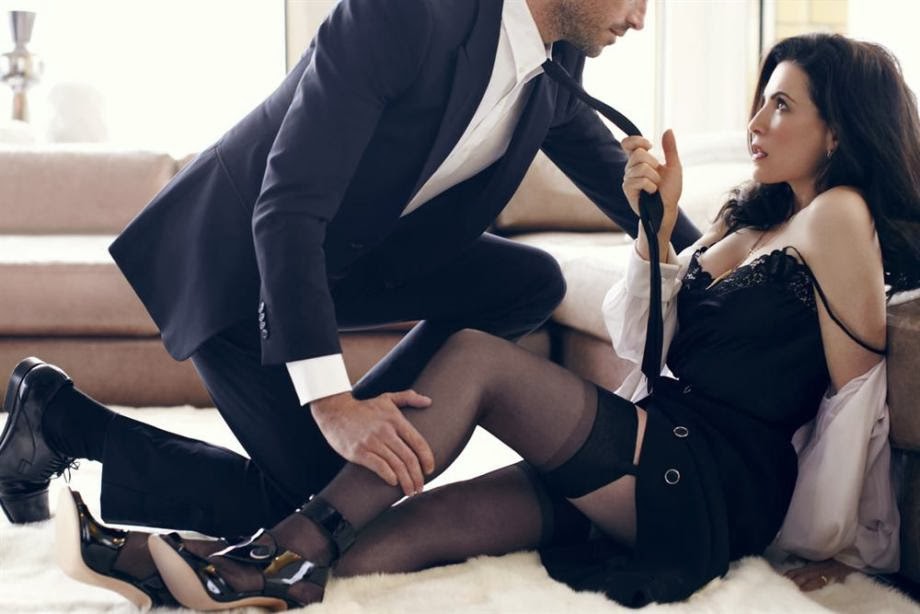Good Morning my Tuesday
morning aficionados and welcome to another edition of Terrific Tuesday.
Guess what! I just bought a
new toy, yes I bought another camera! My
new toy is the Canon 7D DSLR camera. As
I was playing with it this weekend it occurred to me that the process of buying
a camera is not an easy one, so I decided to use this blog today to share my
point of view of buying a new camera.
Not everyone is the same and you may use different methods to come to
the decision, my ideas here are personal ones that I want to share with anyone
willing to listen. So here are the steps
that I used that I will share with you.
These steps are not all inclusive and I know that some of you have other
considerations, but I think this will get you thinking about some topics.
Purpose
of purchase – If you want to just buy a camera for
family picnics, going to the beach and everyday situations you might just want
to buy a point and shoot camera. These
cameras are very easy to use and like the name say, they are just made for you
to point the camera to where you want and then push the button, the camera does
the rest.
If you are into photography and want to buy a camera for
the long haul, play with the settings and use it for professional type images,
then the DSLR camera are the ones that you are looking for. “These
are your higher end cameras often used by professional photographers. They are
characterized by larger image sensors and better photo quality. They offer the
photographer the greatest control over the camera settings including complete
manual control if desired” (Practical Photography Tips). Once you decide what you are going to be
using the camera for, then you will have a better idea of where to look.
Now remember
that there are a lot of different types of DSLR camera and what is good for
someone else might not be good for you.
Budget – I know that some of you might
have started with this one, but without knowing what you will be using your
camera for, you might have a hard time fixing the budget to the purpose of the
camera. If you are in the photography
program with the Art Institute of Pittsburgh, you might have already received
some information that talks about the different types of camera from the entry
level to the most advance ones.
There is
nothing wrong with buying an entry level camera to begin the studies and
getting you used to the shooting of images with the different courses you will
take. There are cameras there from the
$500.00 all the way to the Canon EOS 5D Mark III that would run you over
$4000.00.
Extras – This area will probably add up to
more money than the purchase of the camera!
Once you decide what camera you also have to remember that down the road
you will be purchasing equipment such as lenses, hot shoe flash, remote
controls, extra batteries, SD or CF cards for example.
If you follow
these simple tips, you probably will get a great camera to work with. To end this blog let me give you some last
minute tips to remember.
1. Buy a camera for now and for the
future. The reason I bought another
camera is because the one that I started school with, was no longer proper for
the classes that I am taking now. I
needed a camera capable of recording video for the current class (Time-Based
Media), if you are going for your bachelors with the school, this is going to
be a requirement for you.
2. Research,
research, research, and
when you are done researching, research some more! Find the camera that you will feel
comfortable with, the one that you will love for a long time!
3. If you live close to a camera store,
go over there and compare the cameras, touch them, grab them and see how they
feel in your hands. You want a camera
that feels like an extension of your arm when you use it on a daily basis. There is nothing wrong with taking your time
when shopping, remember what you are going to use it for, your budget and all
the extras you will need.
4. Remember that lenses are not
interchangeable and usable from one brand to the other. If you buy a Nikon, the lenses will probably
not work with a Canon and vice versa. Some
other extras are universal, lenses are not, however if you buy a Canon or
Nikon, the lenses will work within their own brand.
5. Buy a new camera that comes with
some warranty. I know a lot of people
are in love with Craigslist but I feel that when you buy a used camera you have
no idea what has happened to the camera or how the images are going to turn
out, or if the inside sensors are defective.
Plus remember all the extras that you might need, do you want to gamble
like that? Of course, this is a personal
opinion!
I started my
studies with the Canon Rebel XSi and it served me well for three and half years! So, as you can see a good not too expensive
camera will serve you well for a long time.
My new camera satisfies the requirement for the current class and will
be with me for a long time. Now I have
two different cameras that can serve different purposes and be backup for each
other. If you want to start your
research, here are some sites for you to start reading and researching.
Digital Camera
buying guide:
How
to buy a camera, 9-step guide:
Best DSLR for
beginners:
Nikon Vs. Canon:
Well, hope this
helps someone out there with buying a camera!
Let me know what you think and if you have any other tips, go ahead and
share them with the readers, we all can learn from each other experiences.
Until later
then, this is your Tuesday Ambassador wishing you a great day, don’t forget to
keep shooting!
Tuesday
Ambassador
























